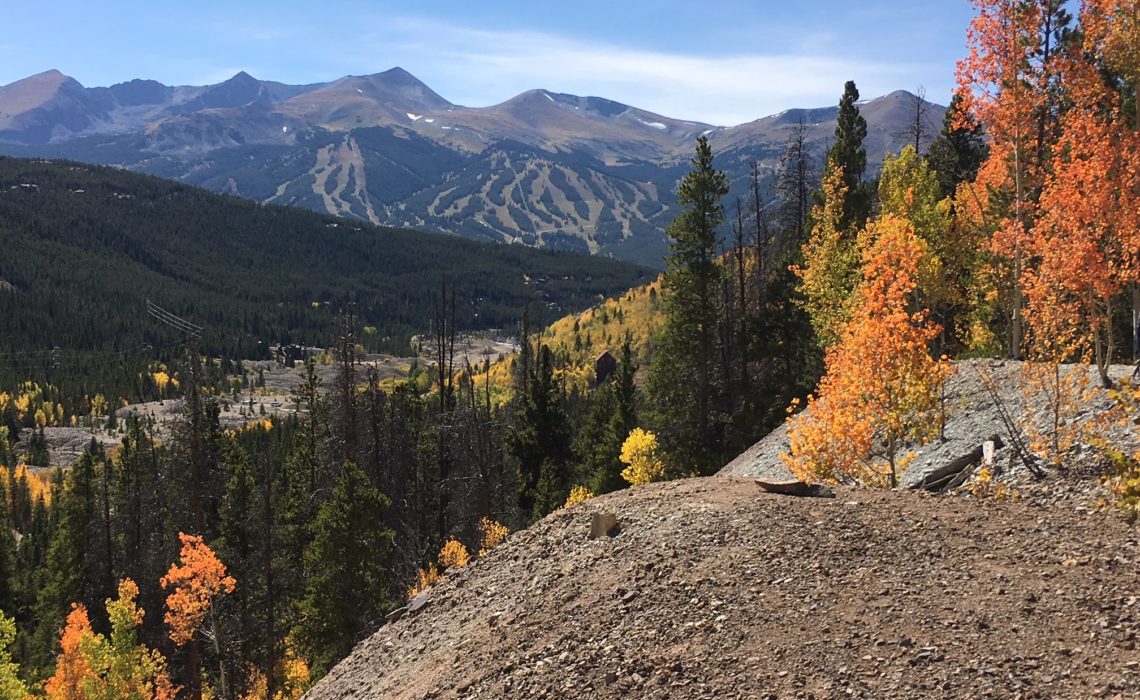
Who doesn’t enjoy the golds, oranges and even reds of the autumn colors? When I worked at Rocky Mountain National Park, my favorite month was September. Because I commuted on the Peak to Peak Highway, I got to enjoy every bit of color our aspen trees produce during fall. As I would round a bend in the road, an entire hillside of gold would cause an audible, “Oooooohhhh.”
If the aspen trees in front of our house in Nederland are any indication, our fall color season is coming much sooner than usual. Even in our driveway, the Aspens are already turning yellow. Hiking up higher in the Indian Peaks Wilderness, entire aspen trees have completely changed color. It’s not the just aspens either.
Woody shrubs like wild rose and other deciduous plants are yellow and orange. It’s hard to believe, looking at the calendar it is only September 6. What’s going on?
What’s going on is that our precipitation is six inches below average for the year. A winter that resulted in our lowest snowfall in years was followed by a summer with virtually no monsoonal moisture. More than 70% of Colorado is now in some stage of drought.
Deciduous trees depend on water to hydrate their thin leaves and help the tree grow through photosynthesis. When water is scarce and temperatures are hot, the tree has to work harder to pull the water from the soil. As it gets harder to draw water, trees can actually suffer a “tree heart attack.”
To save themselves, our aspens are now shutting down their needs for water by going dormant early. Thus, the color change in August, leaves turning brown and even dropping.
I suspect a lot of fall tourists will be very surprised when they visit in late September expecting to see peak color. Instead, they will probably encounter trees with either dead, brown leaves or no leaves at all. Such is the effect of drought in the Rocky Mountains.
For those of us who live here, get out now to enjoy the classic autumn scenes. Because things are changing quickly. In addition to the early color change, drought also accelerates the cycle of color, resulting in leaves drying and dropping earlier.
One good news to note as we look forward to 2019. The National Ocean and Atmospheric Administration (NOAA) just released their long-term outlooks for fall and early winter. Weather maps show a wet pattern during the next 3-4 months over Colorado. Bring on the snow!

